Redox reactions, short for reduction-oxidation reactions, are chemical processes in which electrons move from one material to another.
These reactions are everywhere: in nature, in your body, and in everyday technologies.
They play a key role in important processes like how batteries work, how metals rust, how we breathe, and how fuel burns. Redox reactions are also used in industries like petrochemicals, water treatment, and manufacturing.
Understanding how redox reactions work helps scientists and engineers control chemical processes, solve problems, and create better technologies.
In this post:
Key Takeaways
Redox reactions involve both oxidation and reduction
Oxidising agents gain electrons; reducing agents lose electrons
They are important in energy production, industry, and water treatment
Balancing redox equations predicts reaction outcomes
Basics of Redox Reactions
As we’ve mentioned, redox is a contraction of ‘reduction-oxidation’. This type of reaction transfers electrons between two substances.
In these reactions, one substance loses electrons through a process called oxidation while another gains those electrons, which is known as reduction.
These two processes always work together, i.e. whenever one material is oxidised, another must be reduced to accept the electrons and vice versa.
This electron exchange is what drives many essential chemical and biological processes, from how metals corrode to how cells produce energy.
Defining Oxidation and Reduction
Oxidation is the loss of electrons, and reduction is the gain. In some cases, oxidation can also refer to adding oxygen or removing hydrogen.
For example, in a chemical reaction between magnesium and copper sulphate, the magnesium loses electrons while the copper gains them.

The Role of Electron Transfer
Electron transfer is the basis of redox reactions. Electrons move from the reducing agent (donor) to the oxidising agent (acceptor).
Chemists often write half-equations to separate oxidation and reduction steps and track electron movement.
Oxidising Agents and Reducing Agents
An oxidising agent gains electrons, which results in another substance being oxidised. Common oxidisers include oxygen, chlorine, and hydrogen peroxide.
A reducing agent, meanwhile, donates electrons and causes reduction in another species. Metals such as magnesium or zinc often act as reducing agents.
Knowing which chemicals act as oxidisers or reducers helps predict reactions. This knowledge is vital in industries like energy and water treatment, where precise chemical control ensures safe and efficient processes.
Balancing Redox Equations
Balancing redox equations ensures conservation of mass and charge, which is vital for predicting reaction quantities and energy changes.
The process often involves writing half-equations for oxidation and reduction, balancing atoms first, and then balancing electrons.
For example, in zinc reacting with hydrochloric acid:
- Oxidation: Zn → Zn²⁺ + 2e⁻
- Reduction: 2H⁺ + 2e⁻ → H₂
Combining and balancing these ensures the reaction respects both mass and charge, which is important in both laboratories and industry.
Real-Life Applications of Redox Reactions
Redox reactions are not just theoretical; they are at the core of many everyday processes.
From energy production to environmental safety, these reactions affect how we live and work.
Redox Reactions in Combustion for Energy and Transport
Combustion is a common redox reaction. During combustion, fuel is oxidised to release energy, while oxygen is reduced. This reaction powers electricity generation and fuels vehicles, from cars to airplanes.
The UK Department for Business, Energy & Industrial Strategy reports that transport consumes around 27% of national energy, highlighting how central redox reactions are to daily life.
Controlling combustion ensures maximum energy output while reducing emissions such as carbon monoxide and nitrogen oxides. Engineers carefully balance oxygen and fuel supply to achieve efficient, safe combustion.

Redox Processes in Batteries and Fuel Cells
Batteries and fuel cells rely on redox reactions to store and release energy. In a lithium-ion battery, lithium atoms are oxidised at the anode and reduced at the cathode.
Hydrogen fuel cells oxidise hydrogen to produce protons and electrons, which then reduce oxygen to form water.
These systems are essential for renewable energy storage and clean transport. Managing redox reactions properly ensures longer battery life and higher efficiency.
Redox Reactions and Metal Corrosion
Corrosion is a natural redox reaction in which iron reacts with oxygen and water to produce rust. The iron is oxidised and the oxygen is reduced.
Corrosion weakens structures and affects vehicles, pipelines, and industrial equipment.
Preventing corrosion requires slowing electron transfer, often through protective coatings or reducing agents.
This is particularly important in manufacturing and contract manufacturing, where metal equipment must remain durable.
Redox Applications in Water Treatment
Redox reactions are essential in water treatment. Oxidising agents such as chlorine or hydrogen peroxide kill harmful bacteria, while reducing agents remove excess chlorine or metals.
Industrial water treatment uses redox chemistry to produce safe drinking water and meet environmental regulations.
Chemicals for water treatment play a vital role in keeping municipal and industrial water clean and safe.
Conclusion
Redox reactions are everywhere, from powering vehicles and generating electricity to preventing corrosion and purifying water. They involve electron transfer, with substances oxidised and reduced together. Understanding these reactions helps us create cleaner energy, improve industrial processes, and maintain safer, more efficient systems in everyday life.















